With much of the Northern Hemisphere basking in a welcome bit of sunshine, the thought of snow-bound airports is far from most people’s minds. But for some of the most extreme places in the world, at Arctic Circle airports, the snow season is just coming to an end.
While many airports grind to a halt under a few centimeters of snow, Arctic Circle airports stay open year round, and are welcoming an increasing number of flights each year. AeroTime headed up to Ivalo Airport (IVL), around 200 miles north of the Arctic Circle, to discover just how they manage to keep operating smoothly in some of the harshest conditions in the world.
Meet the machines that keep Arctic Circle airports open
Ivalo Airport is the gateway to some of Lapland’s most unspoilt scenery. It’s a haven for snow sports lovers, with opportunities to ski, snowmobile and drive sleds pulled by huskies across the vast wilderness. Compared to the more popular (and some would say overtouristed) Rovaniemi, it’s a taste of the real Lapland just a couple of hours away from Helsinki.
Despite enduring around 200 days of snow each year, with snow cover lasting from October to May, Ivalo has never closed due to weather. In fact, all five of Finavia’s Lapland airports – Rovaniemi (RVN), Kittilä (KTT), Ivalo, Kuusamo (KAO), and Kemi-Tornio (KEM) – have remained open and operational even in the harshest of winters.
That’s thanks to a formidable fleet of snow-clearing machines and Finavia’s extensive experience in managing winter operations. At the heart of the snow-clearing team are a group of enormous machines that can plow, sweep, and blow the snow away.
The process begins with a nine-meter plow with a spring-loaded cutting edge that attacks the ice and snow at the root. Behind that, a dense broom made up of stiff wire bristles sweeps stubborn ice from the runway surface. Finally, a powerful air blower sucks up loose ice and snow, shooting it away from the runway at speeds of more than 240 miles an hour.
Joining the convoy in Ivalo are various other tractor-mounted machines that scrape, plow, blow and smash the ice from the runway surface to make it safe for aircraft.
Speedy snow clearance and just-in-time strategies
Seeing these awesome beasts in action was incredible. While snow clearance of roads in the winter can be slow and painstaking, these machines really move. Traveling at speeds of 30 miles an hour or more, they shift tons of snow and ice in seconds, clearing the whole runway in a matter of minutes.
Freezing rain is the worst condition for Arctic Circle airports. While snow is relatively easy to remove, freezing rain creates a sheet of solid ice, which is far trickier to scrape off the runway. At Ivalo Airport, where flights are infrequent, timing is of the essence when the freezing rain hits.
Rather than trying to keep the runway clear at all times, Ivalo lets the snow settle, only sending the machines out when a flight is incoming. “We let the snow act as a shield against freezing rain and clear it only just before the aircraft arrives,” explained Ivalo Airport Manager Jarmo Pyhäjärvi.
Chemical deicing plays a role too. Potassium formate is Finavia’s eco-friendly choice, melting stubborn ice quickly and helping prevent reformation for hours.
Across all its airports, sunken sensors in the runway surface keep the operator informed of conditions and alerted to incoming weather. “We can know sometimes two, three or even four hours in advance that the snow is coming,” explained Pyhäjärvi.
Ivalo has a very small workforce, with just 25 employees in the summer months. During winter, that headcount doubles to around 50, with 15 people dedicated to keeping the snow away. Even so, with such a small team, Ivalo Airport staff have to be trained in multiple roles and prepared to shift gears at a moment’s notice.
“Many of the staff will have a double role,” said Finavia’s communications manager Elina Suominen. “One minute they might be checking in a bag, the next they’re doing security, or driving a snow plough.”
Innovations are making Arctic Circle airports even safer
Keeping Arctic airports operational isn’t just about brute force machinery; it’s also about innovation. Both Finavia and its Nordic counterparts are investing in autonomous snow-clearing technology to boost efficiency and reduce emissions.
At Ivalo Airport, Finavia has partnered with Finnish firms including Vammas, Neste, Nokian Tyres, and Valtra to develop autonomous snowplows capable of operating with minimal human input. The goal is to enable unmanned clearance during low-traffic periods, with biodiesel-powered tractors automatically clearing snow using pre-programmed waypoints.
Sweden’s airport operator Swedavia has taken a similar approach. This winter, it tested eight autonomous Vammas PSB machines at Stockholm Arlanda, with plans to eventually integrate them into routine winter operations.
Oslo Airport has already gone a step further, deploying driverless snowplows as part of regular runway maintenance since 2021. Controlled by the Yeti Autonomy Service Platform (YASP), these machines optimize fuel use and coordinate seamlessly, promising safer and more sustainable snow removal.
These autonomous systems aim to cut emissions, reduce staffing strain, and future-proof Arctic airport infrastructure. The ultimate ambition: predictable, climate-resilient operations even in the most challenging weather imaginable.
Increasing numbers of travelers are visiting the Arctic Circle
Despite its remote location, the Arctic is no longer out of reach for air travelers. Finnish Lapland has seen a sharp increase in winter tourism, with 1.8 million passengers passing through Finavia’s five Arctic Circle airports in 2024, up nearly 20% year-on-year.
As Arctic tourism grows, keeping these airports running smoothly isn’t just about safety – it’s a vital enabler of economic development and global connectivity. With their net zero emissions targets, innovative equipment, and round-the-clock resilience, airports like Ivalo demonstrate that even the coldest places on Earth can stay open for business.


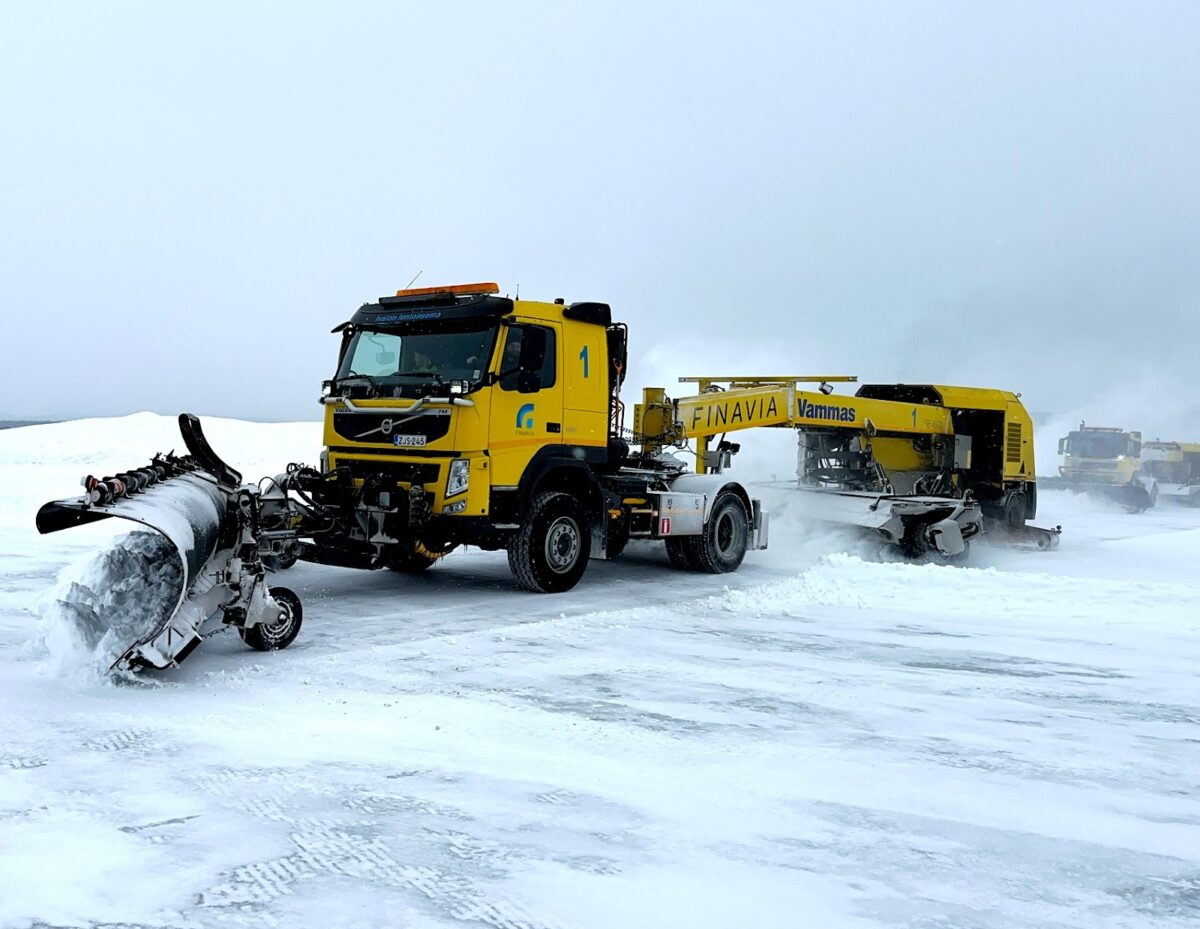
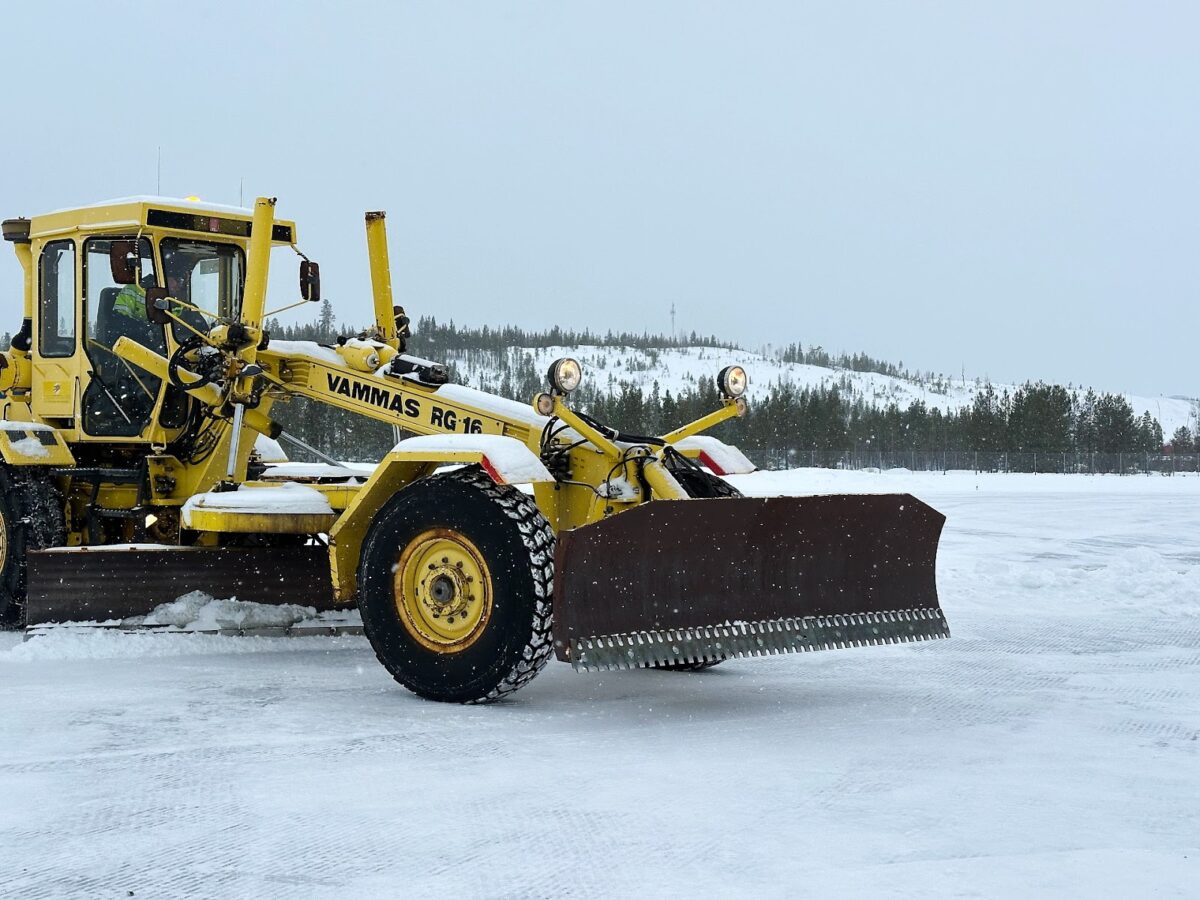

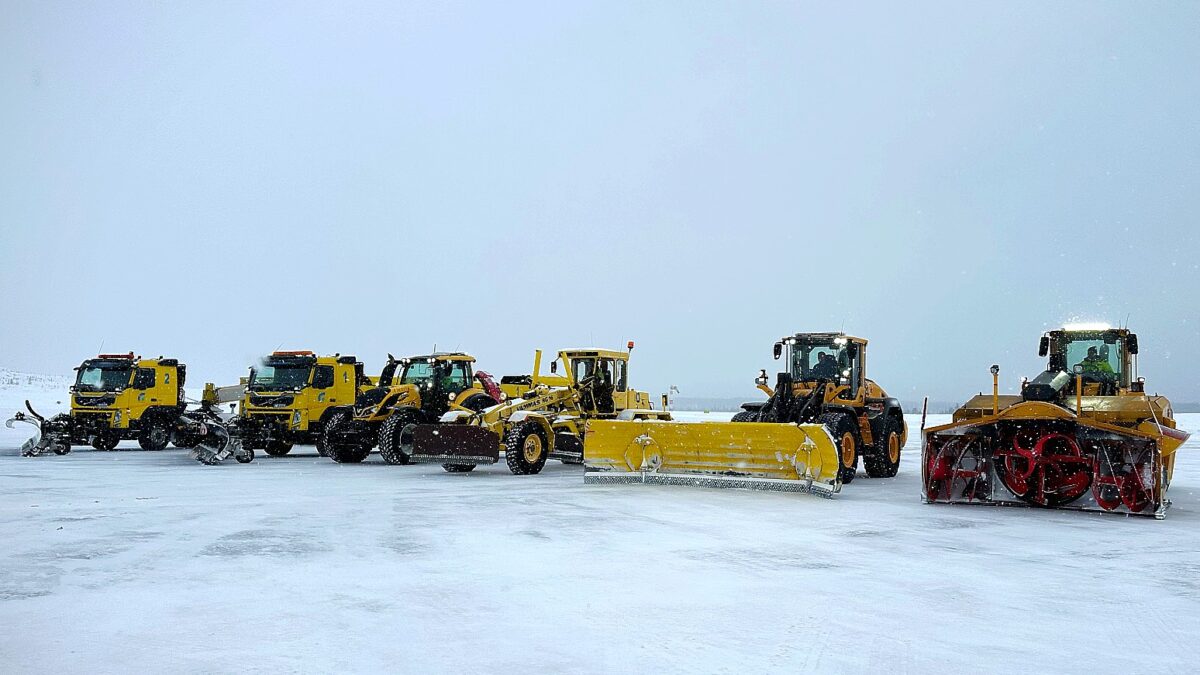
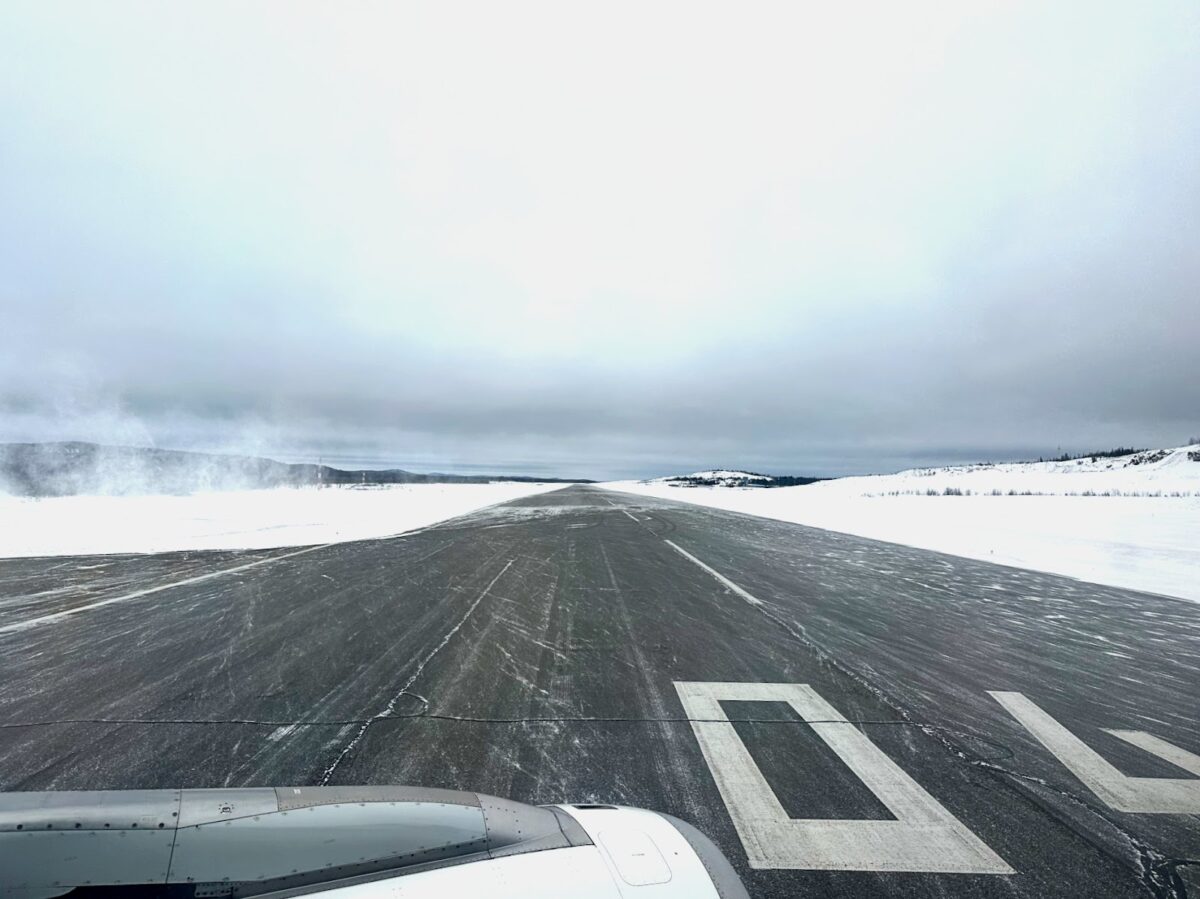

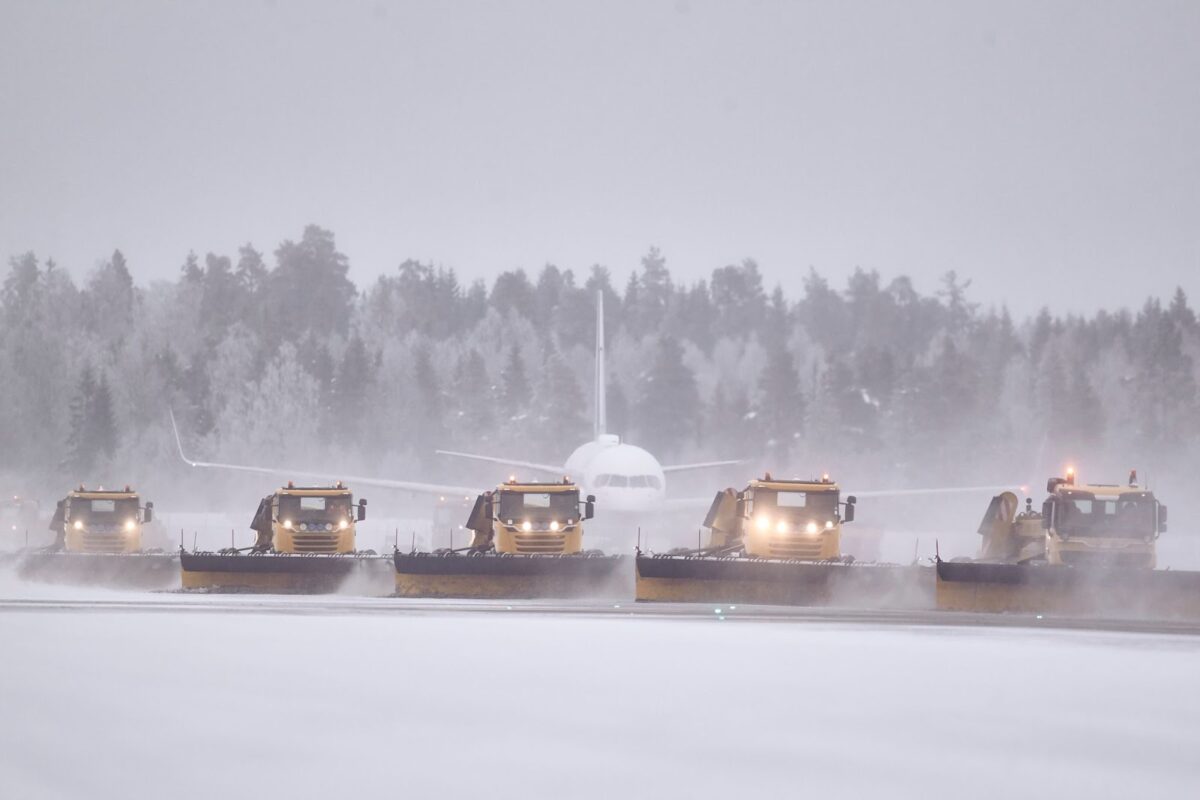

Step into the exciting arena of online casinos, where every spin ignites thrill and fortune! New players are welcomed by generous welcome bonuses, like free spins up to 50 just for signing up, while welcome bonuses as high as 150–300% boost your start, like those at Play Fortuna. Experience free play in demo mode, testing colorful slots from NetEnt or roulette strategies without risking anything. Bonus cash and free spins add extra thrill, extending your gaming adventure. Always check the bonus wagering requirements and enjoy safe gambling on trusted platforms! https://is.gd/mRvzyM